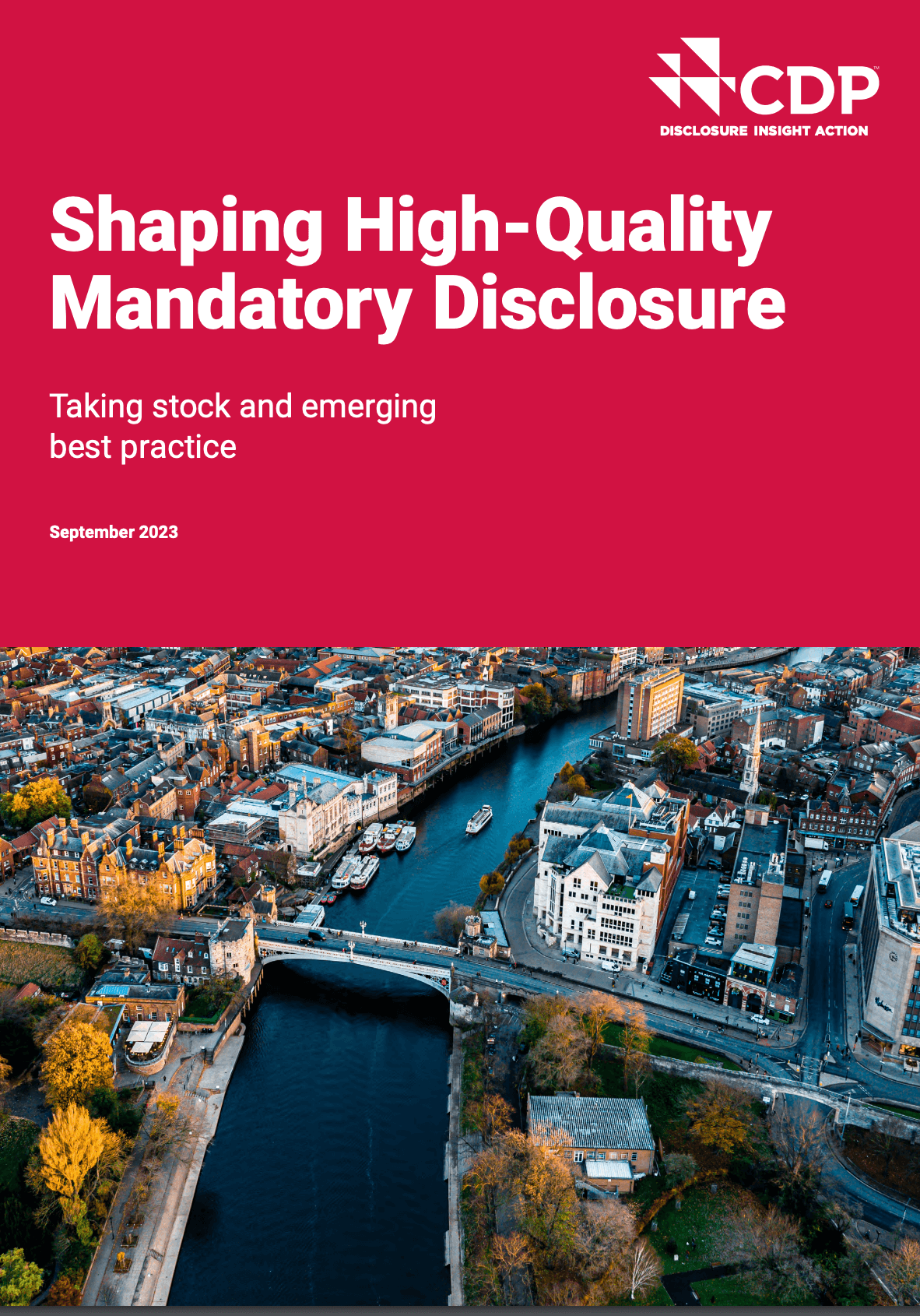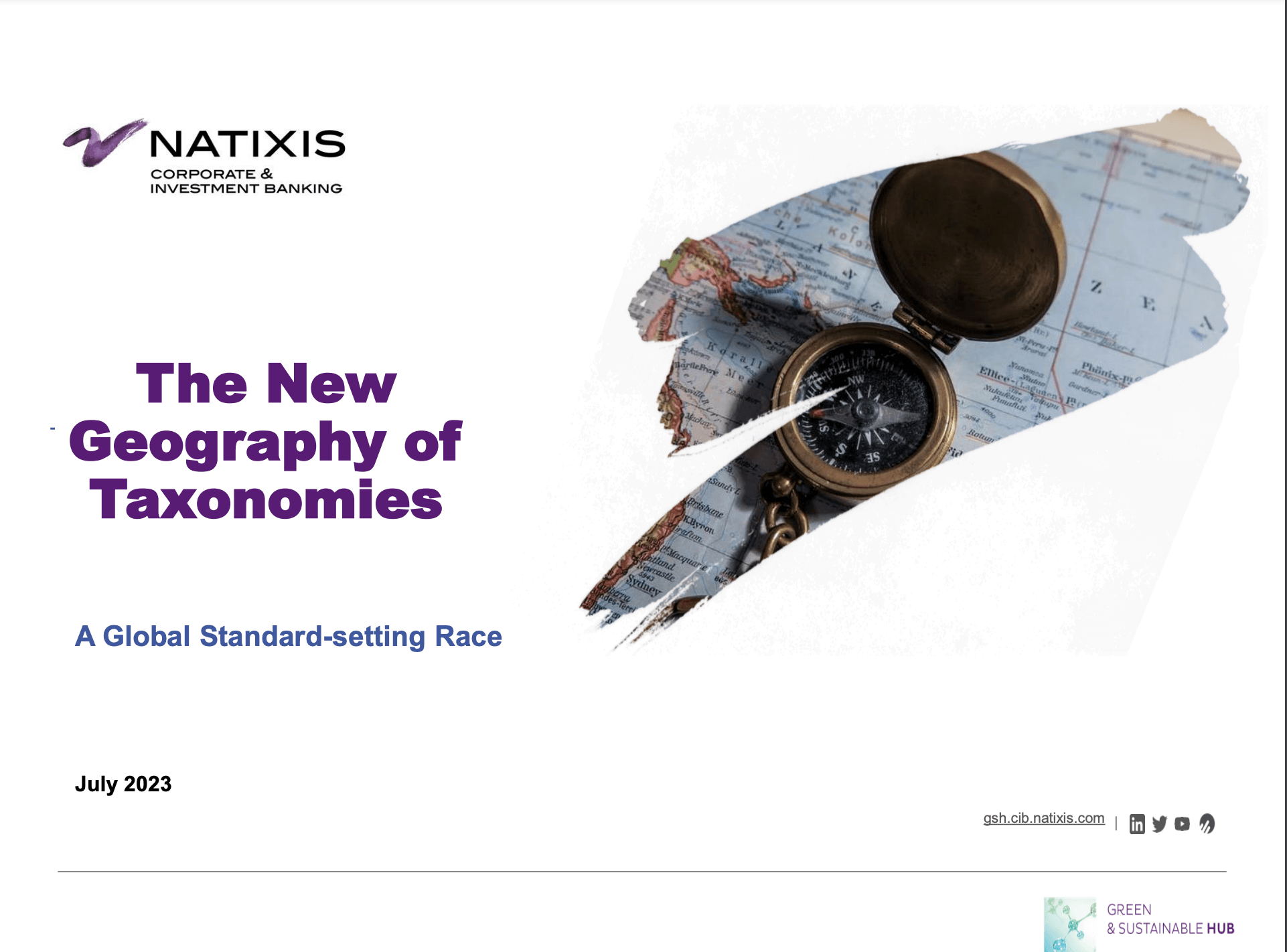The New Geography of Taxonomies
Detalles
| Since the first edition of this report in 2021, 10 new taxonomies have been published in Europe, Asia-Pacific and the Americas and another 12 have been initiated, including in Africa. The development of the taxonomy is continually expanding and we should see other countries join this ever-growing list. There have been significant milestones in the market in 2022 and 2023, which are presented in the section on the status of progress of the taxonomy, which provides an overview about the development process across jurisdictions, including delays, progress, and the release of these taxonomies. In addition to transition, resilience is emerging as another important issue that needs to be addressed in the development of the taxonomy. The Climate Bonds Initiative has published a white paper proposing a structure for a resilience taxonomy that focuses on the ability of sectors such as agri-food, infrastructure, health and nature to respond to, withstand and adapt to dangerous events, trends or shocks, while maintaining their essential function and structure. Regional frameworks are also being proposed to facilitate the development of the taxonomy. A common framework has been published in Latin America to guide the development of the taxonomy. This includes best practices on guiding principles, objectives, sectors and technical selection criteria. Representing Latin America, the document includes the Mexican taxonomy, which includes genera as an eligible category; and among the representatives of Europe, the Georgian Taxonomy on Sustainable Finance is included, which includes social issues. |
Recursos relacionados


TNFD sector guidance – Fishing
This sectoral guide aims to help organizations with business models and/or value chains in the fisheries sector to apply the…

Shaping High-Quality Mandatory Disclosure. Taking stock and emerging best practice
In this policy brief, CDP presents revised High Quality Principles for Mandatory Disclosure (HQMD), on which disclosure policies and regulations…


